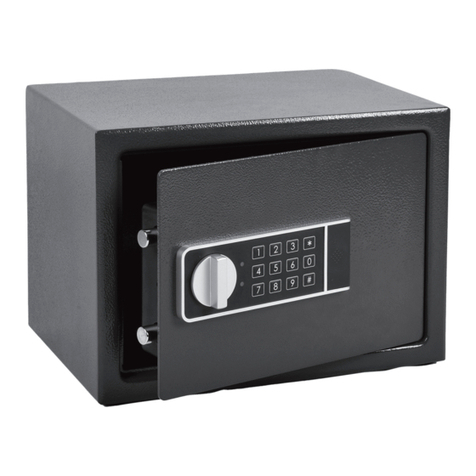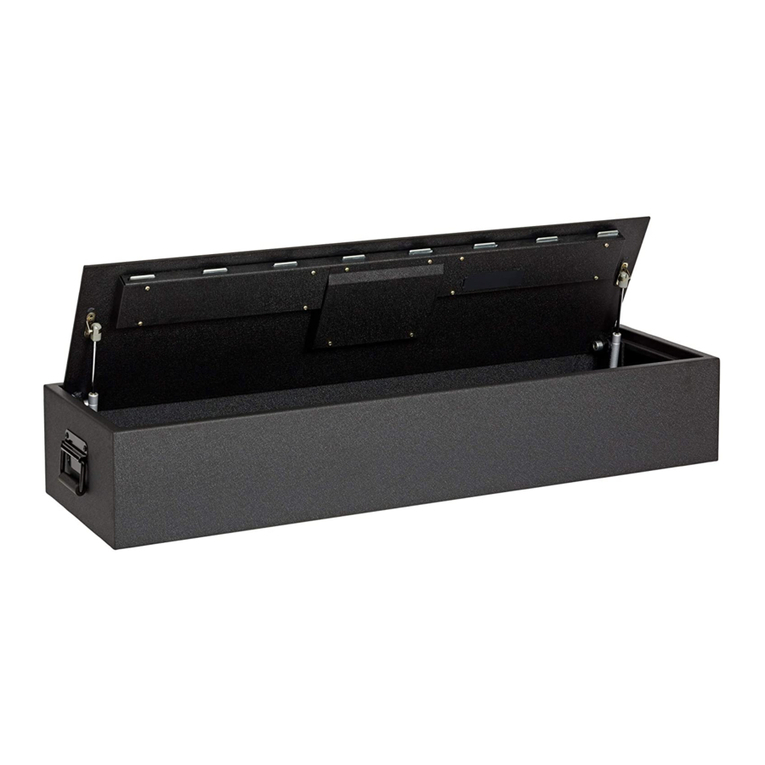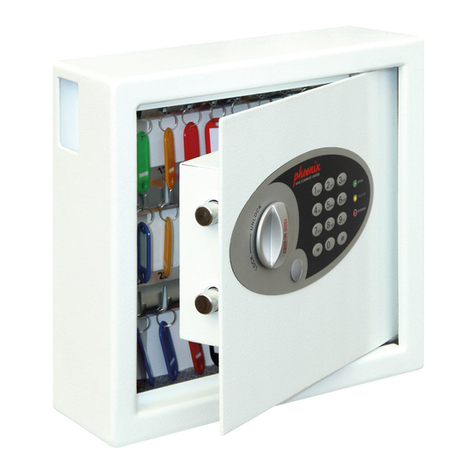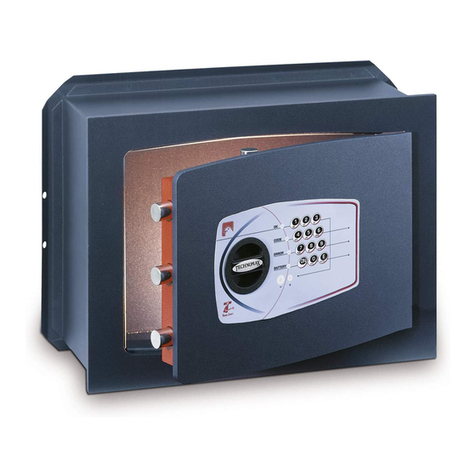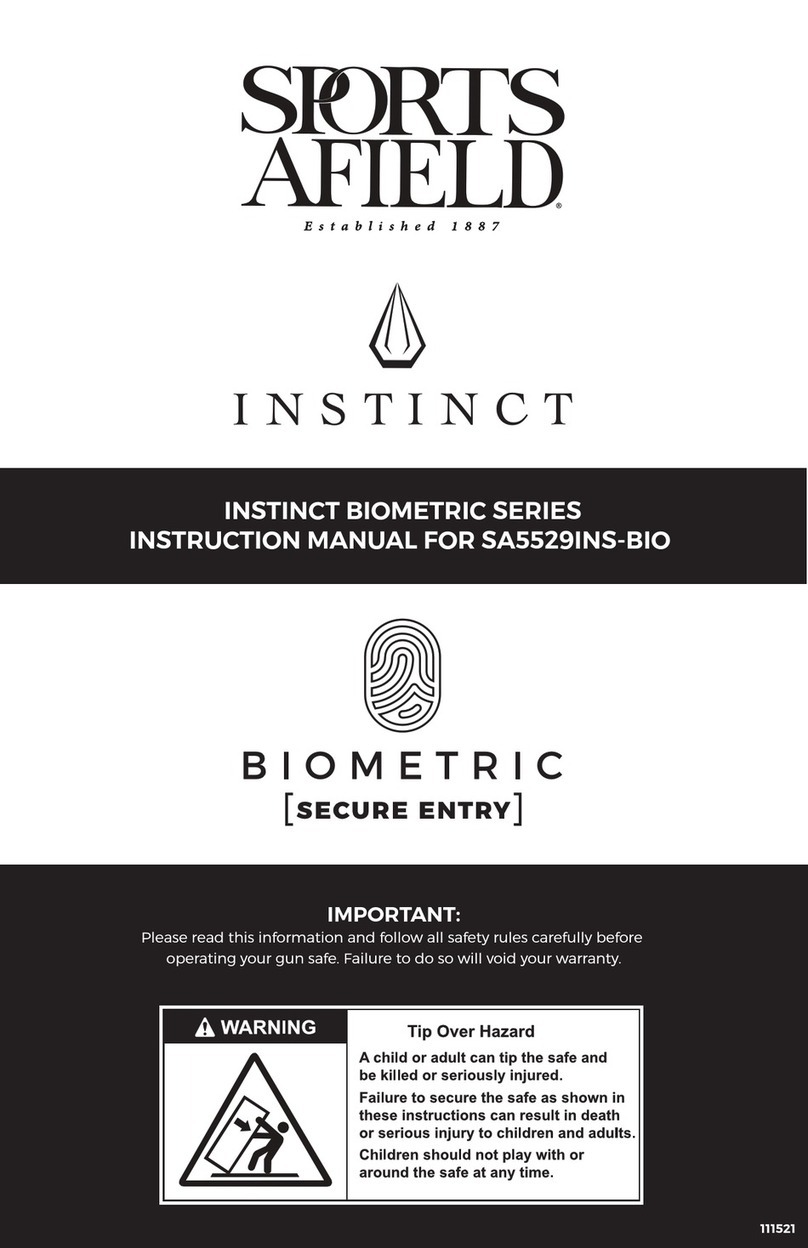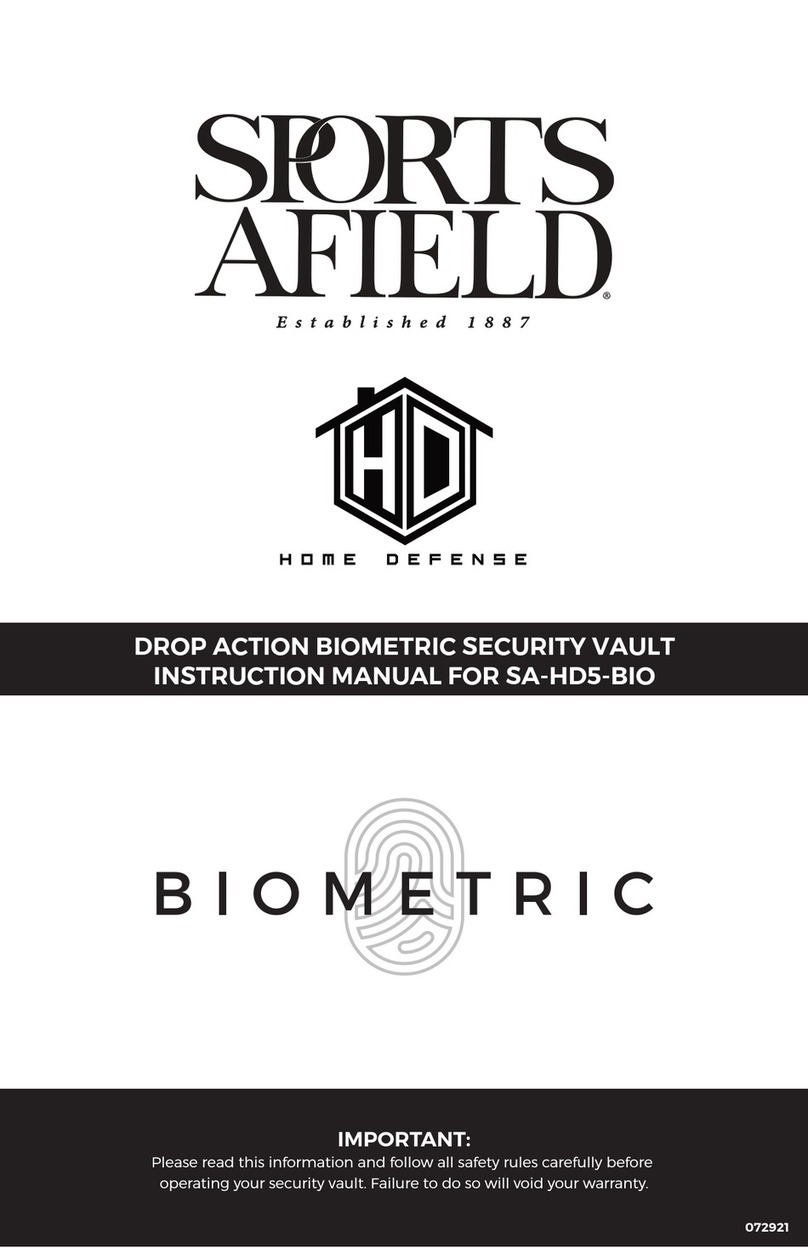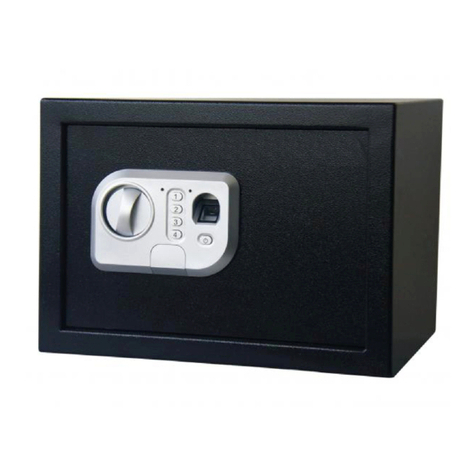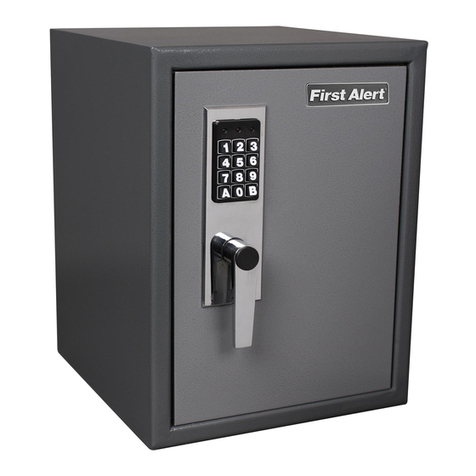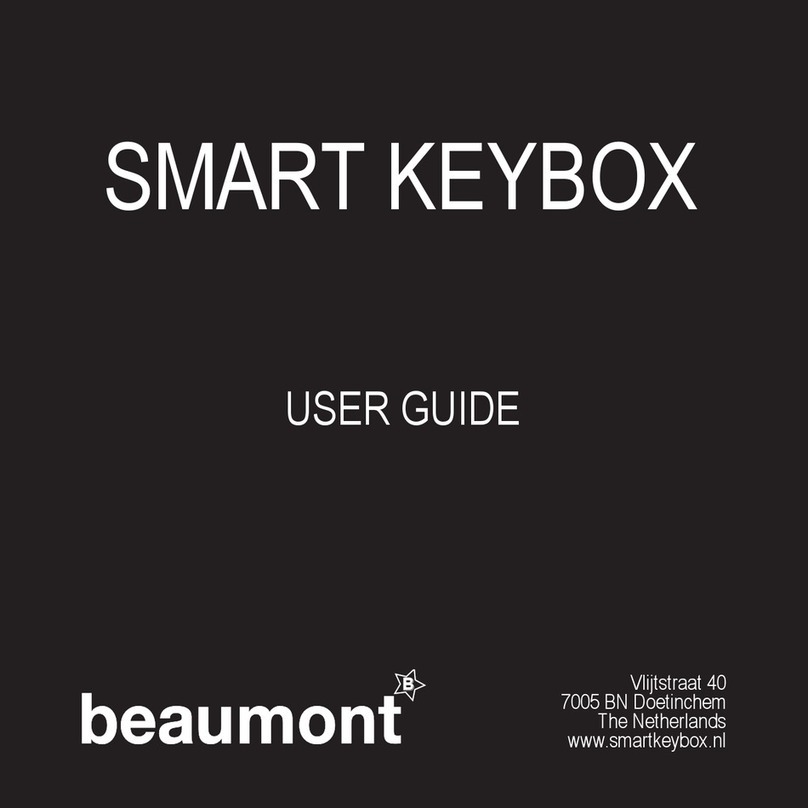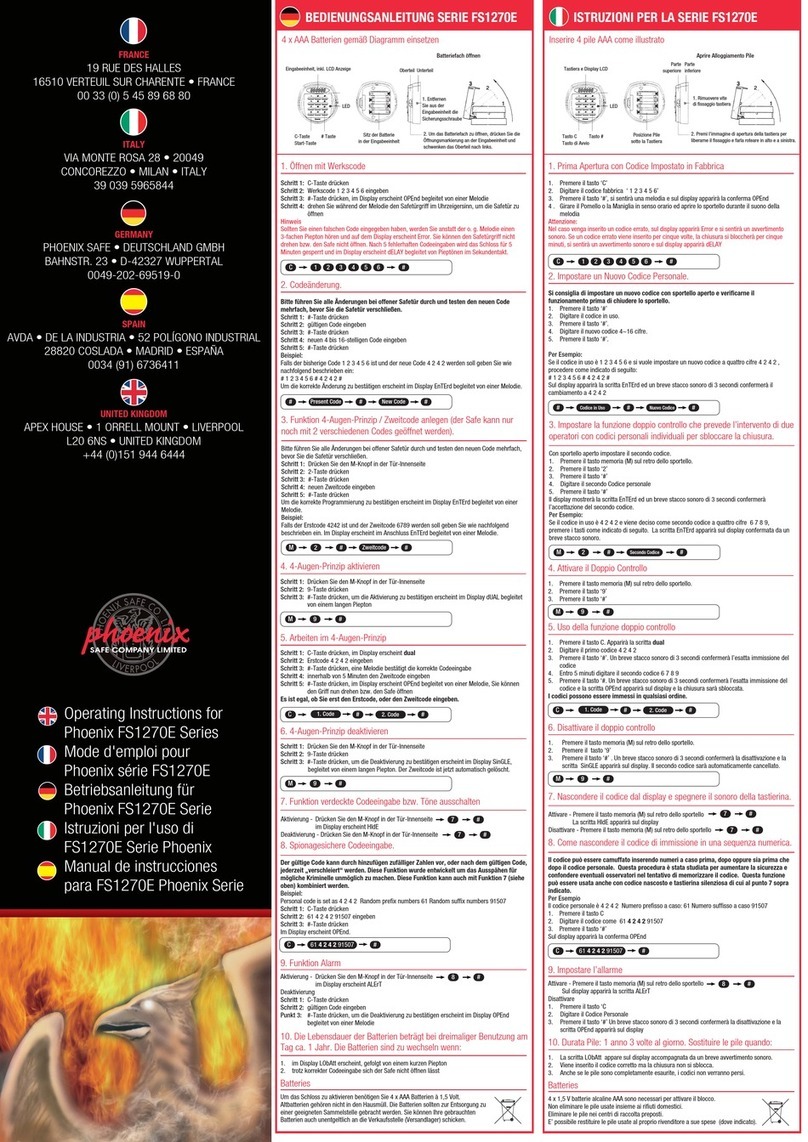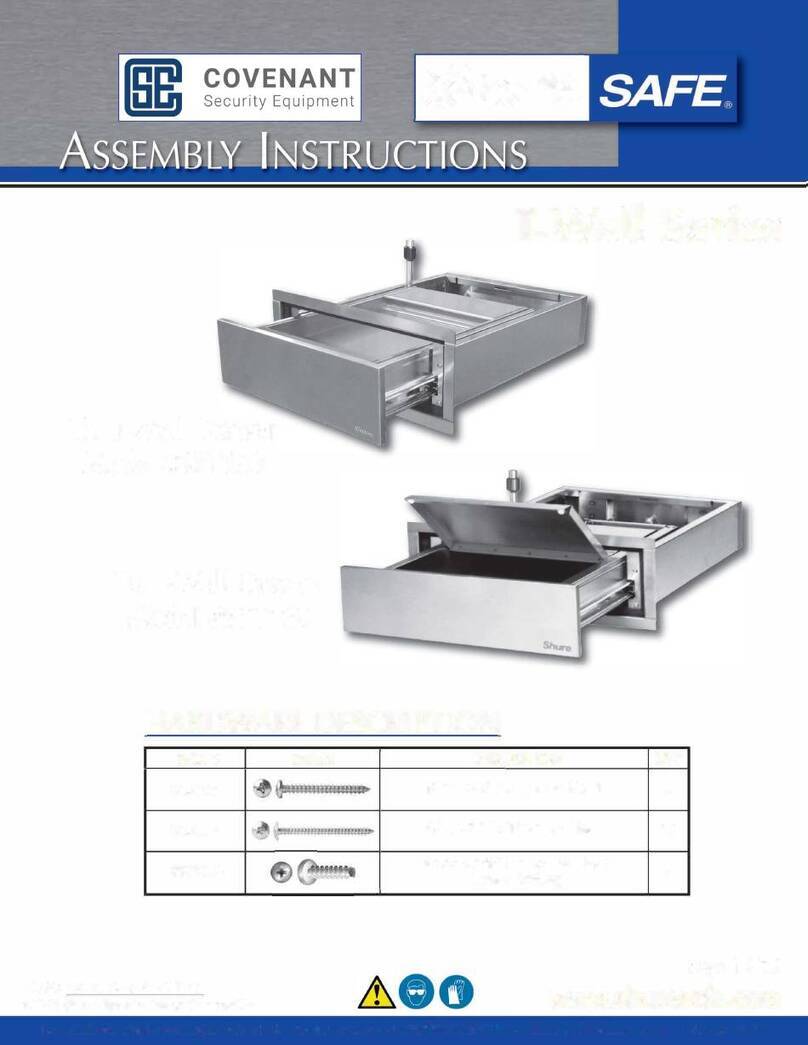
P/N 3101788-EN • REV 03 • ISS 16FEB16 1 / 4
VM-PMI Paging Microphone
Interface Installation Sheet
Description
The VM-PMI Paging Microphone Interface provides controls for
emergency voice/alarm communication and two-way firefighter
telephone communication. The VM-PMI consists of an audio mounting
bracket, EAEC Emergency Audio Evacuation Controller card,
enclosure, and paging microphone.
A separately ordered user interface language kit is available that lets
you change the control and indicator labels. See the VM-PMI-LK
Language Kit Installation Sheet (P/N 3101996-EN) for a list of available
kits and installation instructions.
Installation
WARNING: Electrocution hazard. To avoid personal injury or death
from electrocution, remove all sources of power and allow stored
energy to discharge before installing or removing equipment.
Caution: Circuit boards are sensitive to electrostatic discharge (ESD).
To avoid damage, follow ESD handling procedures.
Note: Two-way firefighter telephone communication requires a
VM-MFK Master Firefighter Telephone Kit.
To install the VM-PMI:
1.Attach the audio mounting bracket to the cabinet backbox using
the K-nuts provided. See Figure 2.
2.Install the EAEC card on the audio mounting bracket using the
screws provided.
3.Mount the audio enclosure on the audio mounting bracket hinges.
See Figure 4.
4.Connect the ribbon cable (P/N 250194-01), with the red edge
down, to J1 on the audio user interface card.
5.Insert the cable under one clip on the cable clamp that is affixed to
the enclosure, and then connect the other cable end to J1 on the
EAEC card. See Figure 4.
6.Loosely secure the cable to the mounting bracket using the nylon
cable tie provided.
7.Connect the ribbon cable (P/N 250188-01) to J3 on the EAEC card
and J5 on the PS10-4B power supply card that is mounted on the
backbox behind the electronics chassis.
8.Swing the audio enclosure toward the backbox to close it, sliding
the screw holes on the right flange onto the two screws on the
backbox. Secure the enclosure using the two #8-32 K-nuts
provided.
9.Peel off the black film on the inside of the bottom viewing window
of the cabinet door.
Wiring
Connect the VM-PMI field wiring as shown in Figure 5.See Table 1 for
descriptions of the connectors on the audio user interface card.
Notes
•All wiring is supervised and power-limited.
•Maintain 0.25 in. (6 mm) separation between power-limited and
nonpower-limited wiring at all times. Keep nonpower-limited wiring
in the shaded area shown in Figure 1.Secure the wiring to the
cabinet using nylon cable ties.
•If a VM-NOC card is not installed on the VM-CPU, connect AUDIO
DATA on the EAEC card to AUDIO A OUT on the VM-CPU
network data and audio terminal. See Figure 5.
If a VM-NOC card is installed, connect AUDIO DATA on the EAEC
card to AUDIO A IN on the VM-CPU network data and audio
terminal.
•Wiring from a remote microphone must be shielded and enclosed
in conduit. Refer to the VM-REMICA Remote Paging Microphone
Installation Sheet (P/N 3101795-EN) for field wiring instructions.
Figure 1: Power-limited and nonpower-limited wiring
(1) Nonpower-limited wiring area
(2) Power-limited wiring area
(3) Battery area
